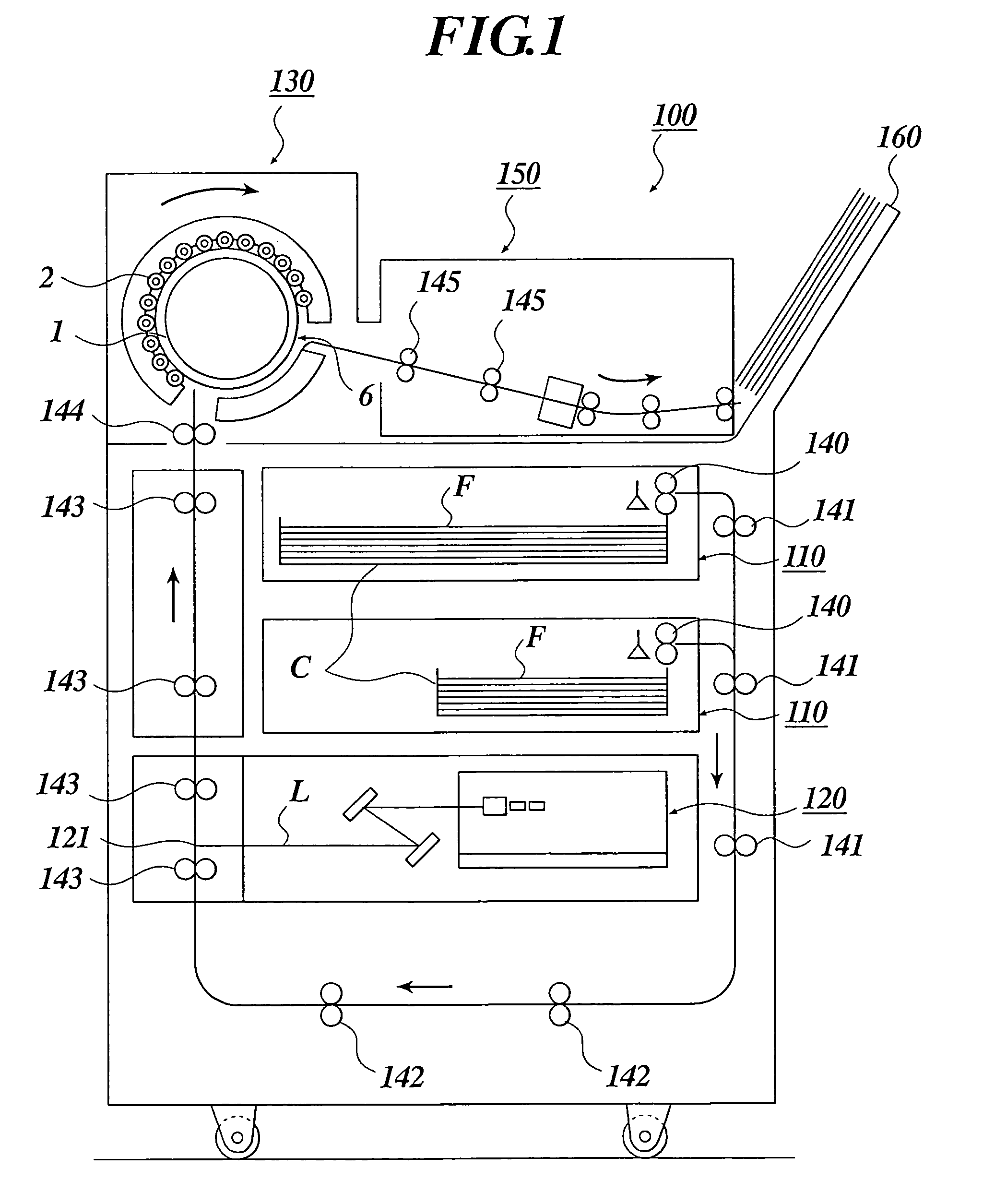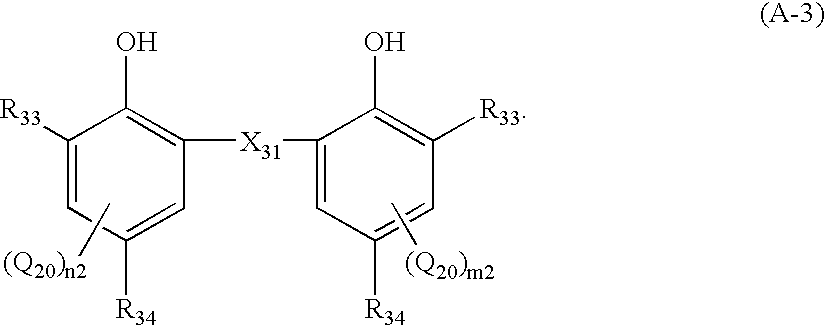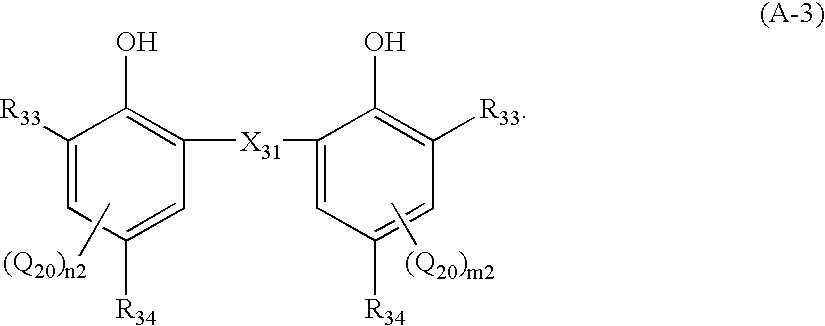Photothermographic imaging material and method for forming image
a technology of photothermographic imaging and material, applied in the field can solve the problems of uneven density, transport failure, and varying density of photothermographic imaging material with time, and achieve excellent light radiated image stability and silver color tone, excellent image storage stability, and high density
- Summary
- Abstract
- Description
- Claims
- Application Information
AI Technical Summary
Benefits of technology
Problems solved by technology
Method used
Image
Examples
examples
[0408]Hereinafter, the present invention is described in detail by examples, but the embodiments of the invention is not limited thereto. In addition “%” in the Examples represents “% by mass” when there is no special notice.
example a-1
[0409]Corona discharge treatment at 8 W / m2 min was given to both faces of a commercially available PET film with thickness of 175 μm and optical density of 0.170 (measured by a densitometer PDA-65 supplied from Konica Corporation) biaxially stretched and thermally fixed which was colored with the following blue dye, the following under coating solution a-1 was applied on one side face such that the thickness of dried film is 0.8 μm, and was dried to make an under coating layer A-1. Also, the following under coating solution b-1 was applied on an opposite side face such that the thickness of dried film is 0.8 μm, and was dried to make an under coating layer B-1.
(Under Coat Coating Solution a-1)
[0410]
Copolymer latex solution of butyl acrylate / t-butyl270gacrylate / styrene / 2-hydroxyethyl acrylate(30 / 20 / 25 / 25%ratio) (solid content 30%)(C-1)0.6gHexamethylene-1,6-bis(ethylene urea)0.8gare filled up with water to 1 L.
(Under Coat Coating Solution b-1)
[0411]
Copolymer latex solution of butyl a...
example b-1
>
[0468]Corona discharge treatment at 0.5 kV·A·min / m2 was given to one side face of a polyethylene terephthalate film base (thickness 175 μm) blue-colored at a density of 0.170, and then using the following under coat coating solution A, an under coating layer a was applied on it such that the thickness of dried film became 0.2 μm. The corona discharge treatment at 0.5 kV·A·min / m2 was similarly given to another face, and then using the following under coat coating solution B, an under coating layer b was applied on it such that the thickness of dried film became 0.1 μm. Subsequently, heat treatment was carried out at 130° C. for 15 min in a heat treating type oven having a film transport apparatus made up of multiple roller groups to make a support.
(Preparation of Under Coat Coating Solution A)
[0469]Copolymer latex solution (270 g) of 30% of n-Butyl acrylate, 20% of t-butyl acrylate, 25% of styrene and 25% of hydroxyethyl acrylate by mass (solid content 30% by mass), 0.6 g of surfact...
PUM
| Property | Measurement | Unit |
|---|---|---|
| mean particle size | aaaaa | aaaaa |
| temperature | aaaaa | aaaaa |
| optical density | aaaaa | aaaaa |
Abstract
Description
Claims
Application Information
 Login to View More
Login to View More - R&D
- Intellectual Property
- Life Sciences
- Materials
- Tech Scout
- Unparalleled Data Quality
- Higher Quality Content
- 60% Fewer Hallucinations
Browse by: Latest US Patents, China's latest patents, Technical Efficacy Thesaurus, Application Domain, Technology Topic, Popular Technical Reports.
© 2025 PatSnap. All rights reserved.Legal|Privacy policy|Modern Slavery Act Transparency Statement|Sitemap|About US| Contact US: help@patsnap.com



